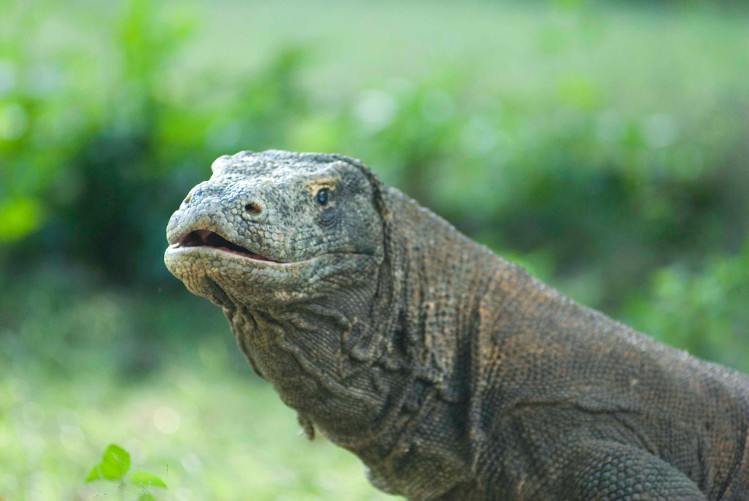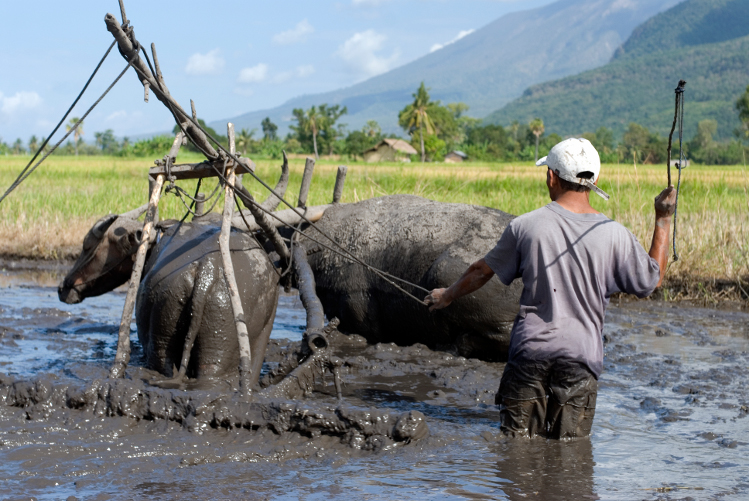
Land travel across Flores can be dusty, slow, hot and bumpy, but there’s never a dull moment. The island of Flores is only 375kms long, but the Trans-Flores Highway snakes along its spine for a hellish 666kms. Climbing from Labuanbajo port, you first pass through spicy clove groves and sweet-scented orchards where the trees are heavy with bananas, papayas, mangos, lychees, and mangosteen. Then comes the rollercoaster drive through the highlands, past steaming springs and across jungle-clad volcanic slopes, then down again to endless beaches. By the time you reach Larantuka you feel like you've have had an insight into the real Indonesia, a world away from the resorts of Bali.
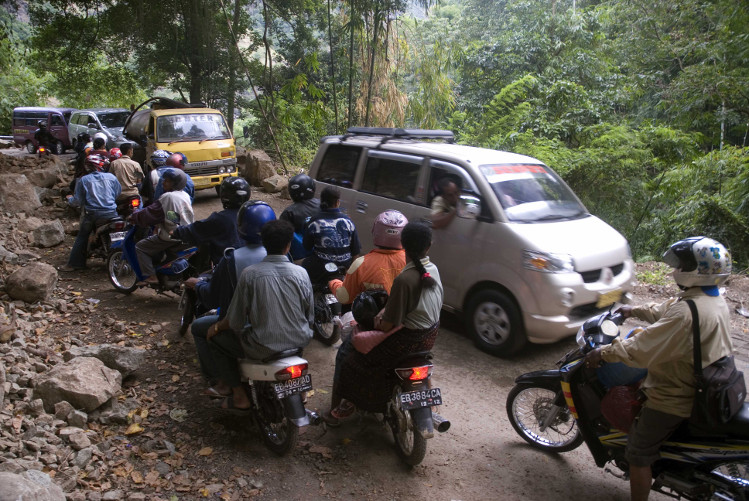
Even today the sleepy western port of Larantuka feels like a frontier town. Travellers, traders and itinerant workers from East Nusa Tenggara and Papua pass through the town on their optimistic journeys to the richer, more populated west. Fascinating remnants of Portuguese settlement remain in the form of Catholic churches and cemeteries, colonial architecture, and an astounding proportion of names like da Silva and da Sousa. The Portuguese settlers clearly found it very hard to leave. Few tourists make it this far east but those who do invariably find an evocative part of the country that will lure them back.
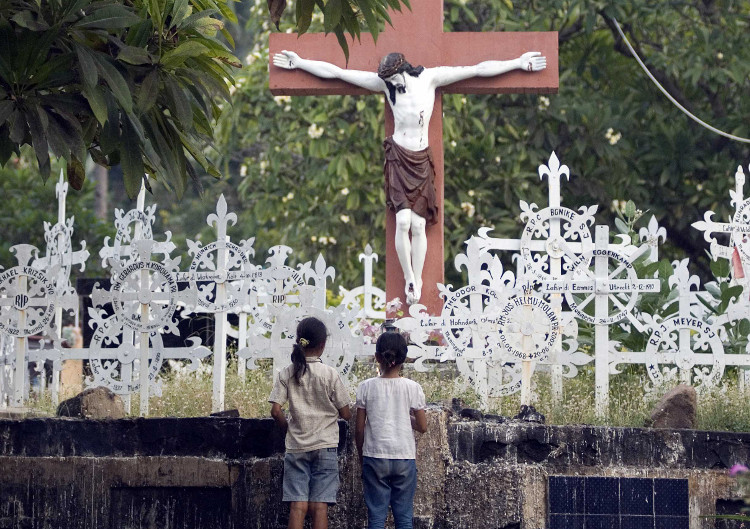
Like a fiery dragon snaking out of the Komodo Sea, Flores boasts a sinuous highland landscape that is spiked with no less than fourteen active volcanoes (only Java and Sumatra have more). This is the heart of the ring of fire and volcanic activity is visible everywhere from the black sand beaches to the smouldering mountain peaks. Near the village of Moni, there is a pair of sacred thermal springs, one reserved as a bathing area for men, the other for women. After work the entire village frequently gather to bathe in the gigantic hot-tubs and chat happily about the pleasures of highland life.
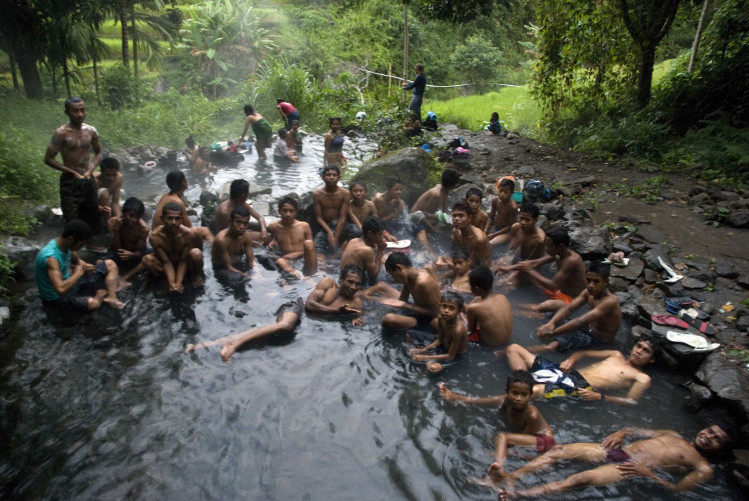
Kelimutu is worth a visit even just for the spectacular landscapes that unravel through the dawn mist on the winding drive up to the famous lakes. The three different coloured lakes (at 1600m) are considered sacred by the people of this area. Due to an unusual geological quirk, the lakes change colour periodically depending on the minerals that are absorbed in their thermal waters. It is here that the spirits of their dead ancestors are said to congregate and this Indonesian ‘heaven-on-earth’ remains an impressively spiritual place to visit.
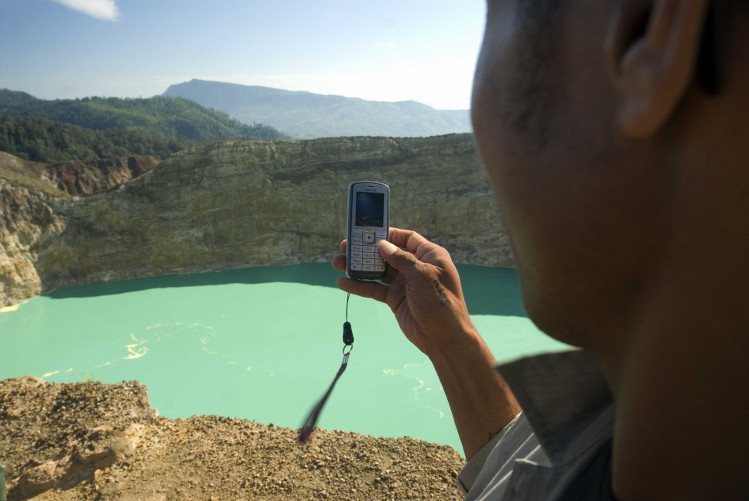
The mountain town of Bajawa, known for its bustling market, is a perfect base for exploring some of the most astounding landscapes in Indonesia. Farther up the slopes of the mighty Gunung Inerie volcano (2245m) lies an enchantingly timeless hamlet known as Kampong Luba, one of several Ngada villages still left in this area. The ceremonial life of the Ngada people include ritual sacrifices which still take place in the communal area in the centre of the village. Only a few outsiders visit this area, but those who do are greeted as honoured guests.
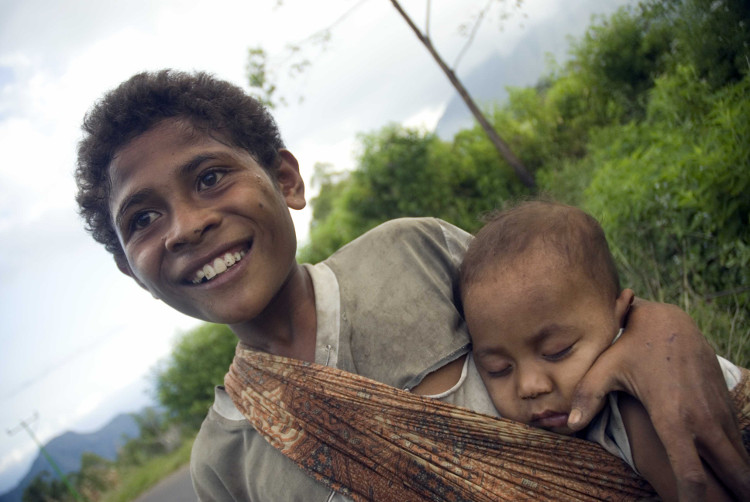
The majority of visitors who come to Flores do so to access the world-famous dive spots and dragon trekking locations in Komodo National Park. Almost without exception they confine themselves to a few spots around the islands of Komodo and Rinca. Yet there are 29 islands in the 1,817sqkm that make up the national park. Dunia Baru (duniabaru.com) – known as the finest traditional super-yacht ever built in Indonesia – is one of several pioneering operations that are dedicated to introducing visitors to some of the unexplored treasures of the archipelago.
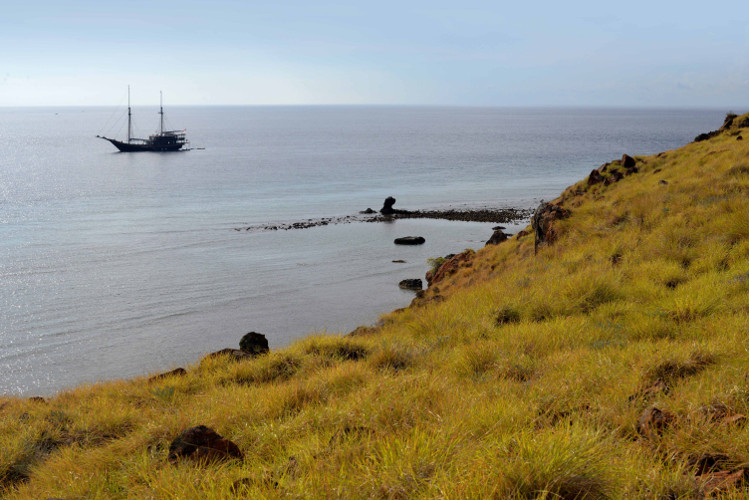
According to estimates, Komodo Island boasts 2,800 dragons in its 312sqkm territory, while little Rinca Island has around 2,500 crammed into a little over half that area. The dragons of Rinca, in particular, are among the most aggressive land predators on earth. Experts believe that their habit of hunting wild horses and buffalo (along with a pygmy elephant which once thrived on the island) have equipped them with the fearlessness necessary for tackling big prey. The knowledge that they attack by ambush with lightning speed and inject a toxic anticoagulant along with up to 50 types of bacteria in their bite adds a delightful tension to any trek through the ‘lair of the dragons’.
